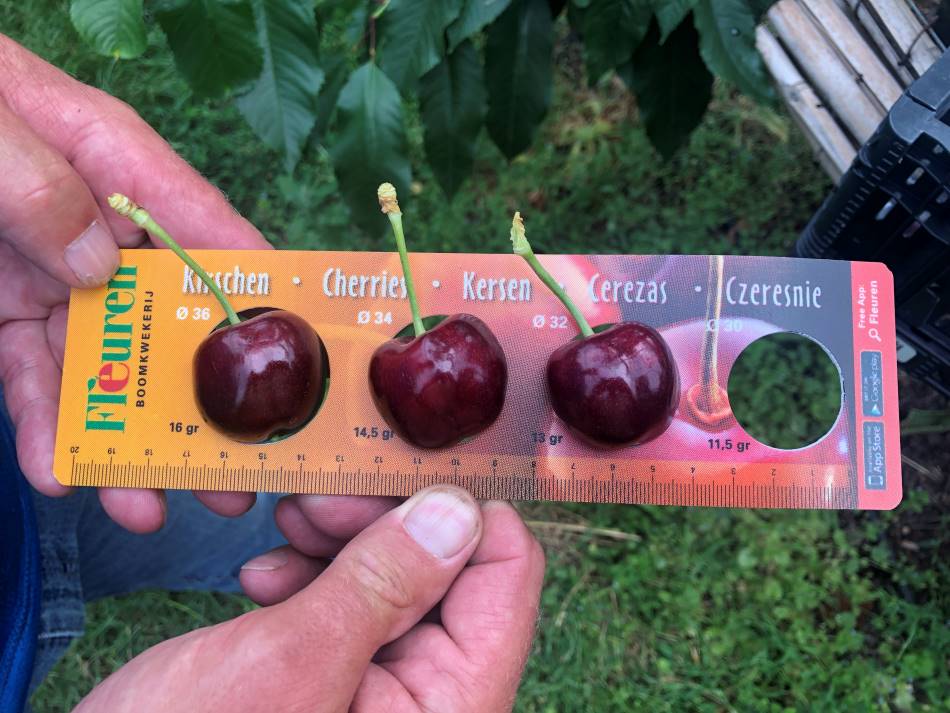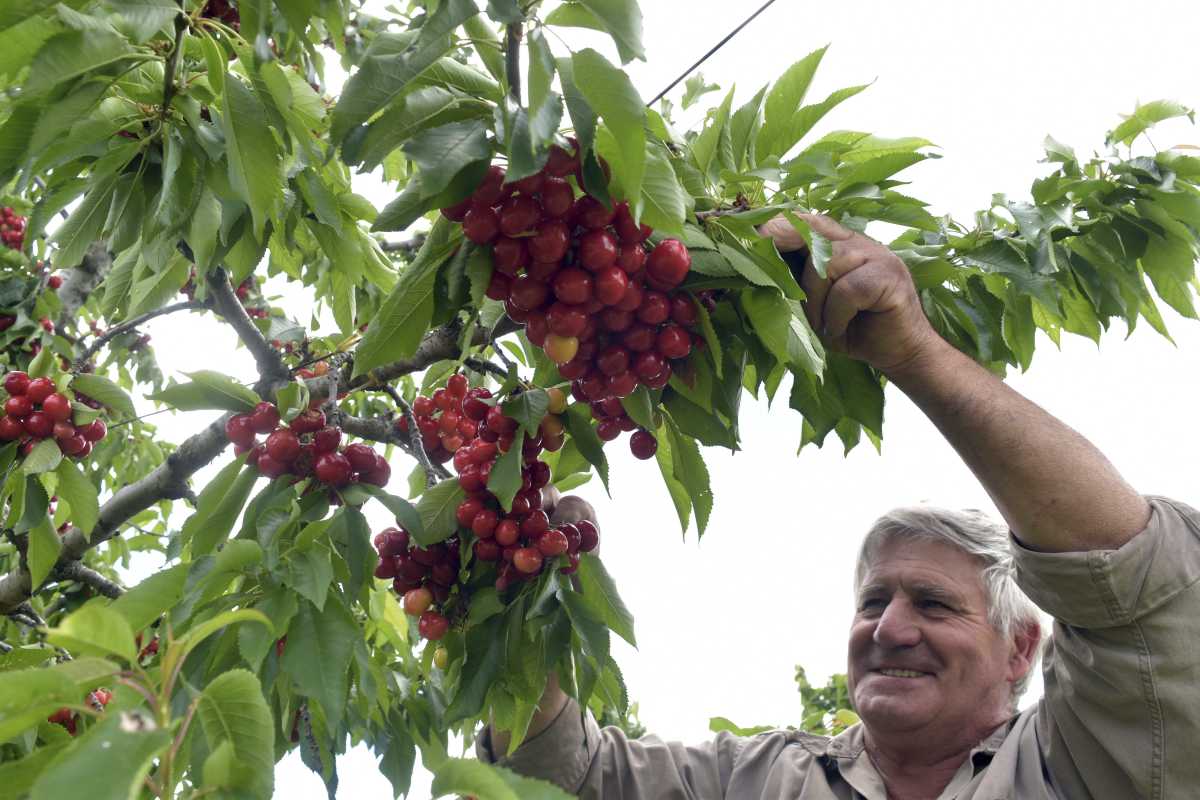Winter chill is a key climatic factor in the physiological development of many fruit species in temperate zones. Its adequate accumulation during dormancy is essential to ensure uniform bud break and optimal production in the following season.
However, accurately estimating this accumulation poses a challenge, especially in the context of climate variability and changes in traditional winter conditions.
To quantify this phenomenon, various methods and models have been developed to measure both the supply and demand for winter chill. These methods vary in complexity, accuracy, and applicability depending on the climate type, with some better suited to cold regions and others to areas with mild or maritime-influenced winters.
This document presents and compares the main chill accumulation models used worldwide, from the simplest, such as the Chill Hours model below 7.2°C, to more complex systems like the Dynamic Chill Portions model.
Calculation Methods
There are various approaches to estimate chill accumulation. The oldest methods are based on simple temperature intervals, assigning zero value to temperatures outside certain thresholds.
In contrast, newer systems introduce the concept of efficiency or weighting of temperatures, assigning each interval a “weight” that can vary between “-1 and +1” or between “0 and +1”; in the latter case, temperatures do not contribute negatively to chill accumulation.
Historical Models
Chill Hours Model below 7.2°C (CH<7.2)
This is the oldest and simplest model, introduced by Weinberger in 1950. It is based on counting the hours during which the temperature is below 7.2°C until the end of dormancy.
While useful in estimating the chill requirements of peach cultivars in various regions, in areas with low winter chill some varieties still showed dormancy, highlighting the model’s limitations.
Nonetheless, it is still used in high chill accumulation regions such as Washington State (USA) and British Columbia (Canada).
Chill Hours Model between 0°C and 7.2°C (CH0-7.2)
Derived from the previous model, this one considers only temperatures between 0°C and 7.2°C. It is based on the assumption that biochemical processes slow down too much below 0°C to effectively contribute to chill accumulation.
Comparisons and Adaptations
Both models are used to assess chill supply and demand. However, the lack of clarity about the model used when publishing a cultivar’s chill requirement may lead to confusion.
For example, in 2018, 1,504 CH<7.2 were recorded compared to 1,232 CH0-7.2, showing that the latter is more demanding, and both models show instability at latitudes like 33–32°S.
Utah Model (CU)
Richardson et al. (1974) proposed a system where, under controlled conditions, meristematic tissue exposed to temperatures between 2.5°C and 9.1°C accumulates chill more efficiently.
Each hour in this range is assigned a Chill Unit (CU), with different weights for other temperature intervals. Temperatures below 1.4°C or above 15.9°C do not generate units, while those between 16°C and 18°C subtract units.
Modified versions developed by institutions such as UC Davis and New Mexico University slightly adjust the ranges and have been successfully applied in temperate climates, such as in Mendoza for cherry studies (Tersoglio et al., 2006).
Advanced Models
However, this model loses precision in areas with mild winters or maritime climate influence. For such conditions, the Dynamic Model was developed.
Dynamic Chill Portions Model (CP)
Fishman et al. (1987) developed a model based on physicochemical principles, where there is a threshold beyond which chill accumulation becomes irreversible.
It is based on chemical reactions described by the Arrhenius equation, taking into account the bud’s response to different temperatures and the effect of higher temperatures.
This model estimates from 12 CP for low-chill species to 90 CP for crops like cherries. Studies by Ruiz et al. (2007) found that CU and CP models offer more consistent results year to year compared to CH<7.2.
Comparative Analysis
Comparison between CU and CP
CU and CP are the most widely used models. The key difference is that CU considers biochemical reactions to be reversible, so units can be added or subtracted.
CP, on the other hand, assumes that once a threshold is reached, chill accumulation is irreversible. Both models produce similar results in cold regions, but in warmer areas, the CP model tends to accumulate more units than the CU model, better reflecting the actual conditions (Dennis, 2003).
The CU model is effective in temperate or cold climates, while the dynamic CP model is preferable in milder climates.
Conclusion
Monitoring and calculating winter chill is crucial for efficiently managing fruit species that rely on this climatic stimulus to break dormancy.
Over time, different models have been developed, ranging from simple and empirical to complex and based on physicochemical principles.
Each model has strengths and limitations, depending on the climate, species, and region where it is applied. For example, CH<7.2 and CH0-7.2 can be useful in cold, stable winters but lose accuracy in warmer regions.
In these cases, the Dynamic Chill Portions (CP) model has proven more effective due to its irreversible approach and higher sensitivity to variable conditions.
Selecting the appropriate model not only improves the understanding of a crop’s physiological needs but also allows for better planning of agricultural practices, such as cultivar selection, use of growth regulators to break dormancy, or defining strategies to adapt to climate change.
Image source: SL Fruit Service
Rodrigo Belmar
Agro360
Cherry Times – All rights reserved












